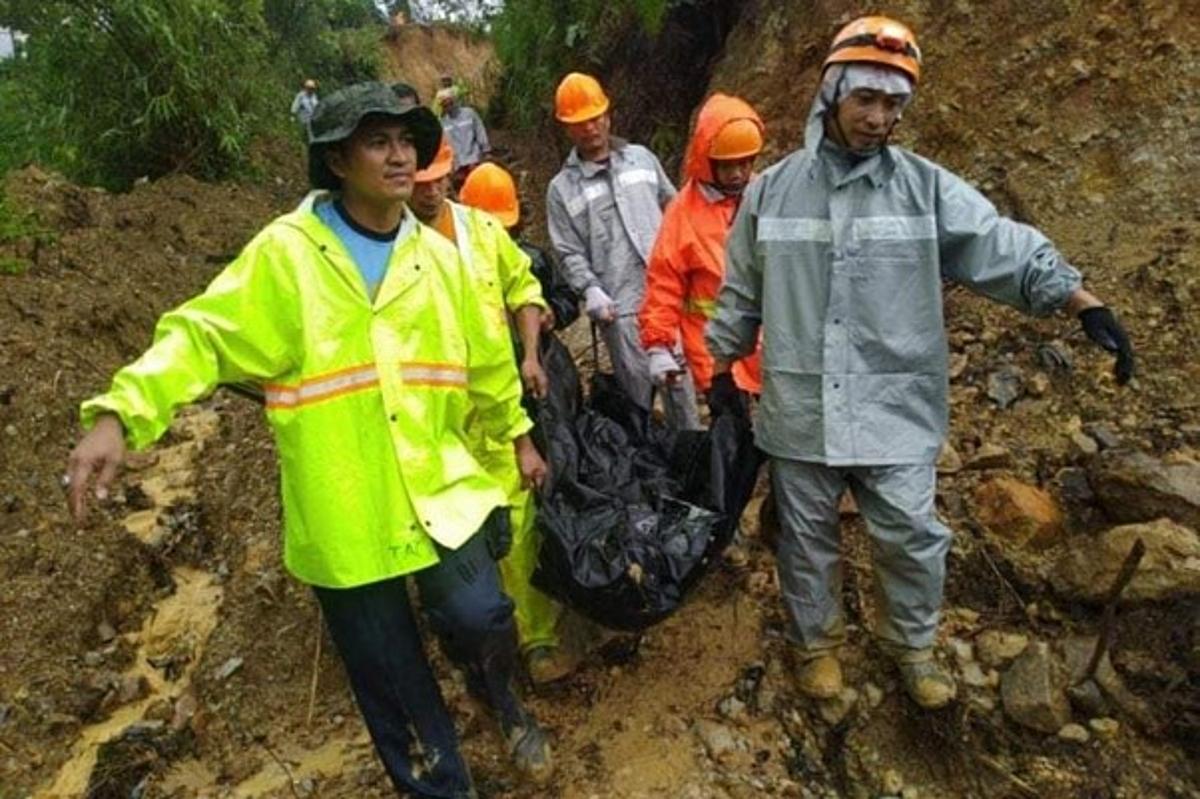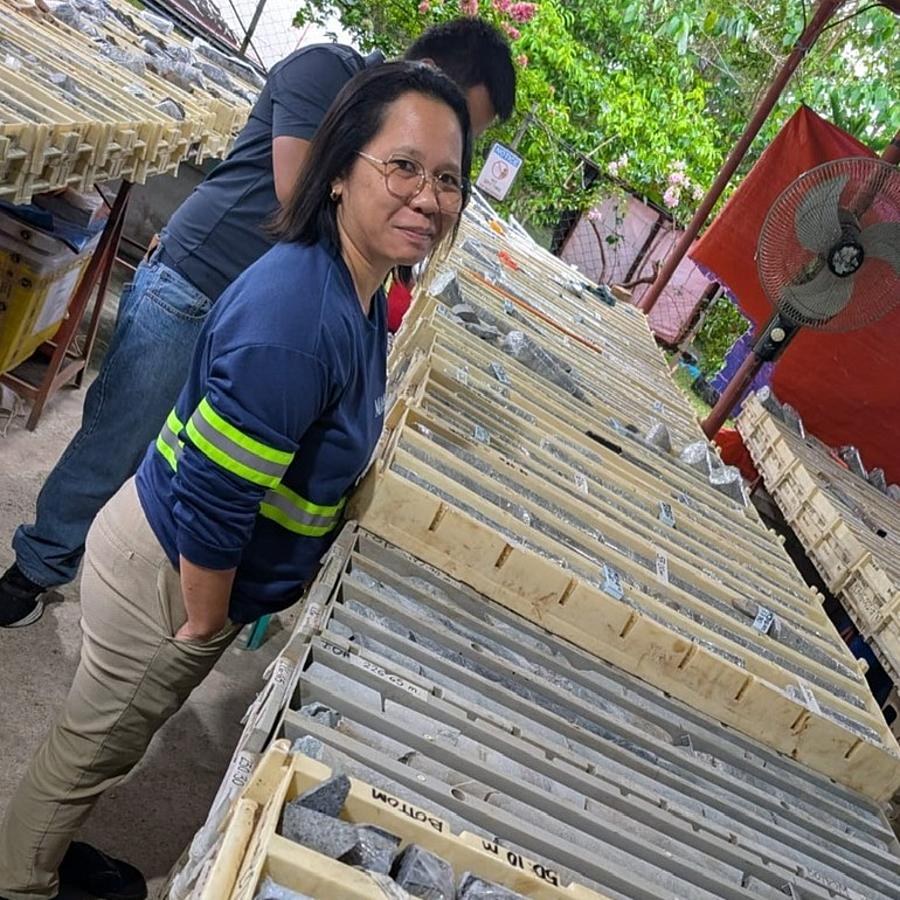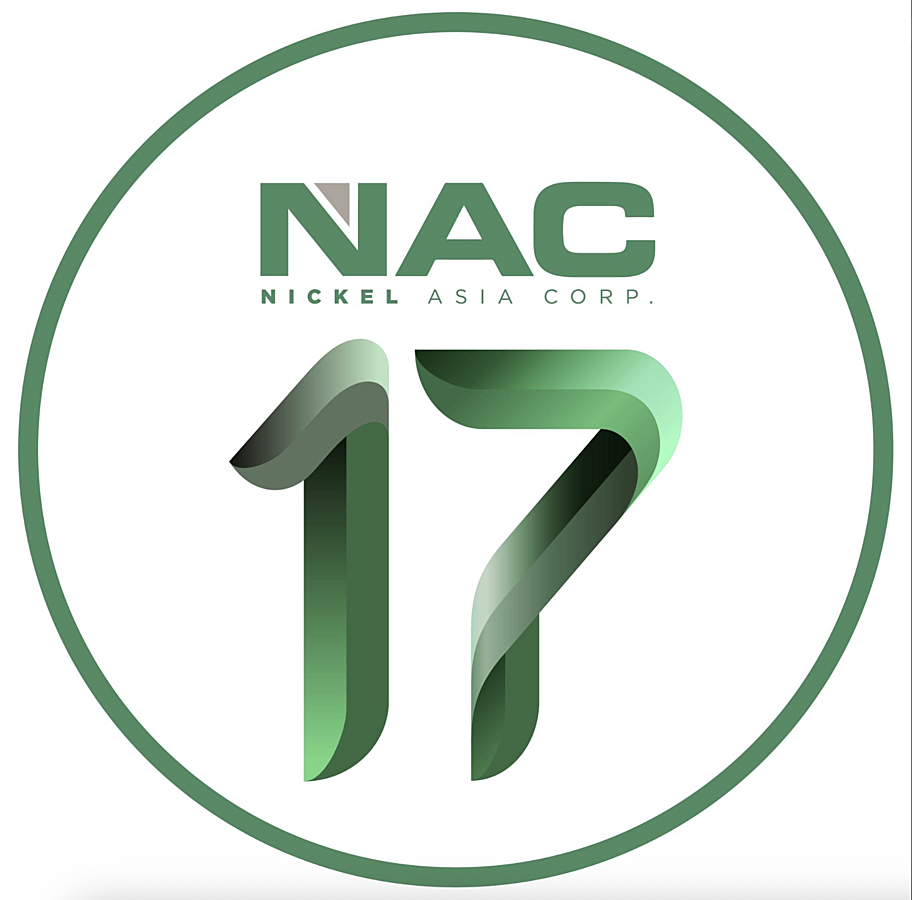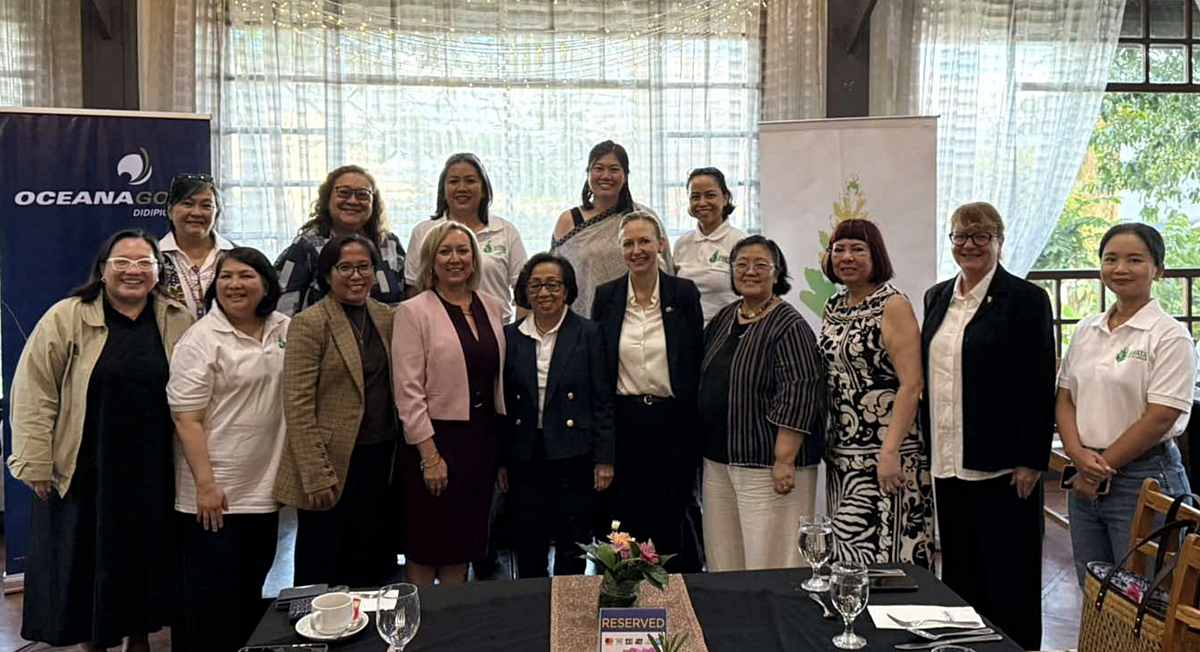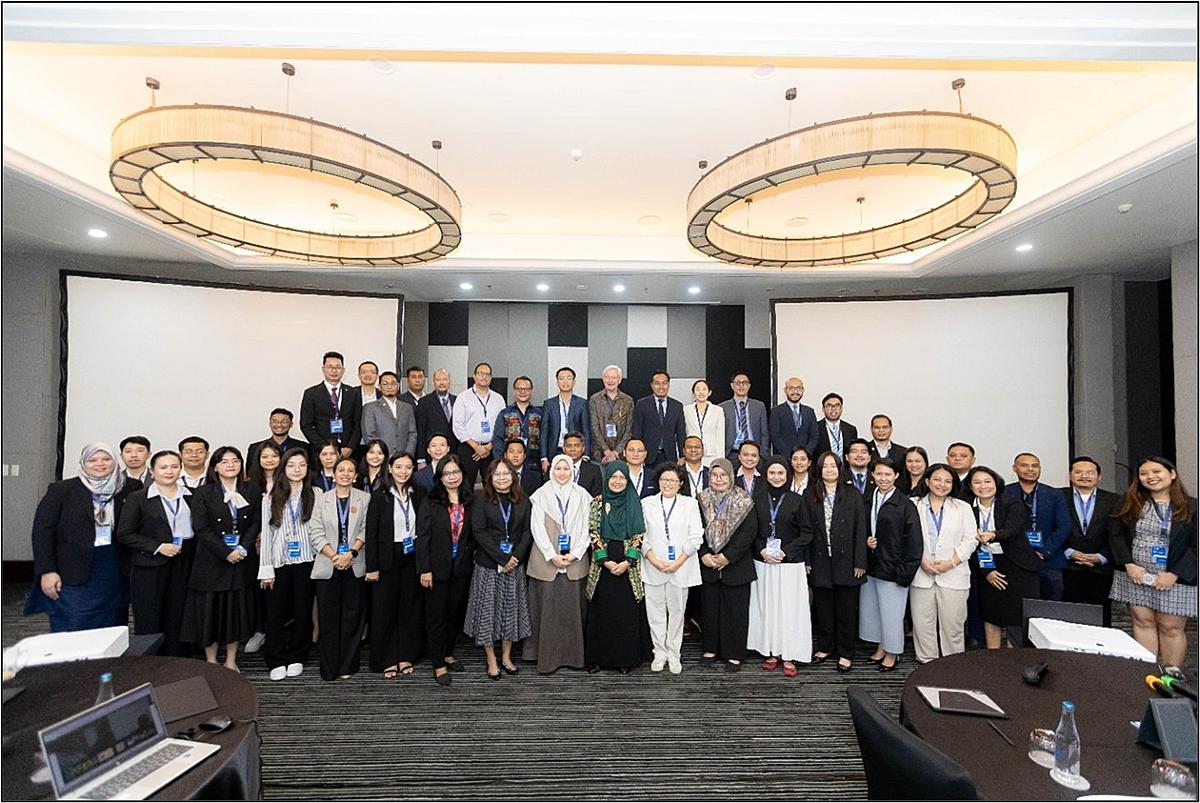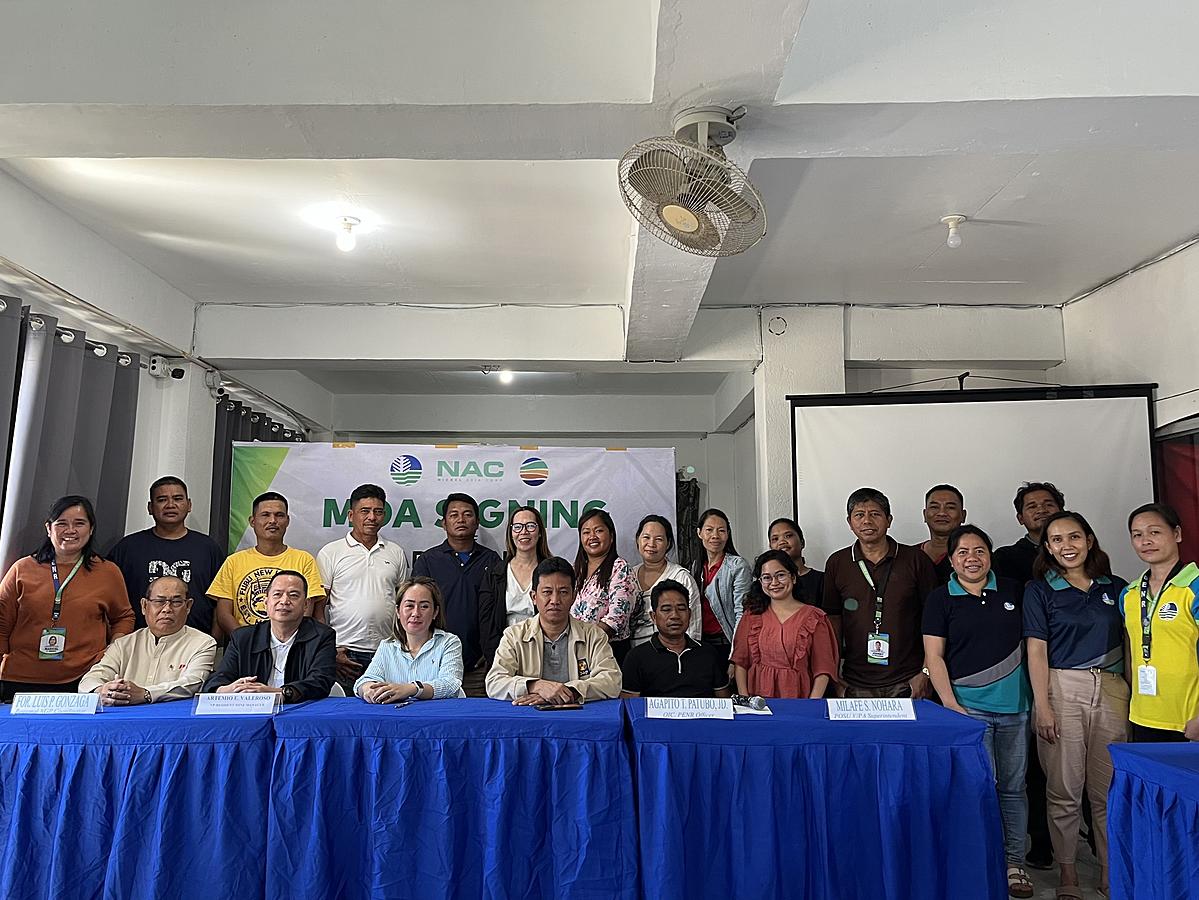ARTISANAL MINERS MUST EMBRACE SAFE AND CLEAN MINING. In the photo, rescuers carry one of the 10 cadavers retrieved in Sitio Balcony after Typhoon Ulysses ravaged Luzon on November 12-13, 2020. Most of the victims are informal settlers who were repeatedly reminded to leave the geo-hazard zone. (Photo credits: Philippine Information Agency)
Making good its promise to take drastic action against illegal settlers in the mineral-rich Barangay Runruno in the town of Quezon, Nueva Vizcaya, the Mines and Geosciences Bureau (MGB) has led an operation leading to the dismantling and confiscation of illegally operating ball-mills, a device used by traditional miners to process gold ore.
“The operation came in as a surprise. Even the members of the local media took days to find out,” says Leander Domingo of Manila Times, who rushed to the scene with local journalists and Philippine Information Agency staff stationed in Bayombong.
It was only when social media posts began spreading that houses are allegedly being demolished in Runruno in the last days of July 2021 that newsmen learned about the operation. The MGB involved the National Bureau of Investigation, the Philippine National Police, and the Philippine Army to assist them.
Cagayan Valley Regional Executive Director Gwendolyn Bambalan of DENR was quick to dispel the rumour, citing that it is only the illegal ball-mills that were dismantled during the operation.
“These areas were classified as high-risk geo-hazard zones, so we are encouraging them to vacate the area. If needed, we will file appropriate charges just to enforce the law,” she said.
In violation of Presidential Decree 705, 32 lawsuits were filed by the DENR against those occupying the prohibited zones, most of them are operators and workers who owned the confiscated illegal gold mining and processing equipment.
The sub-villages of Bit-ang and Balcony in Runruno have long history of unreported deaths due to landslides and caving-in of make-shift tunnels. “Although there was no official confirmation, reports of deaths due to cave-ins and premature explosions as well as the use of deadly chemicals from small scale mining operations have been taking place in these villages,” a 2011 news report of the Philippine Star reads.
In November last year, Typhoon Ulysses brought the largest number of casualties in a single incident. The reported death of 10 people at the aftermath of Typhoon Ulysses alarmed authorities, and even Malacañang Palace issued an order creating the Build Back Better Task Force.

The ‘Minahang Bayan’ as a National Strategy
DENR has long advised that there are legal ways for traditional artisanal miners to benefit from the country’s mineral resources.
“We can find appropriate places to establish a Minahang Bayan, just approach the MGB. You can look for Director Mario Ancheta,” she told Runruno residents in a video-taped interview with the Philippine Information Agency.
Last May, DENR Undersecretary Jonas Leones told the Philippine Daily Inquirer that creating Minahang Bayan sites will generate more jobs in the countryside and fuel economic growth.
Republic Act 7076 established the people’s small-scale mining program. It seeks to achieve an orderly, systematic, and rational scheme for the small-scale development and utilization of mineral resources.
According to RA 7076, small-scale mining “refers to mining activities which rely heavily on manual labour using simple implements and methods and do not use explosives or heavy mining equipment.”
DENR Assistant Secretary Nonita Caguioa, however, clarified that small-scale mining is applicable to gold, silver, and chromite only, and cited a restriction on extracting metallic minerals.
The Minahang Bayan is the only area where small-scale miners can operate legally according to the law. In this way, government can better monitor and regulate extractive activities. The safety of the mine workers, protection of the environment, and generation revenues for the government could be tracked along this set-up.
“It is difficult to monitor small-scale miners if they are operating outside Minahang Bayan areas,” MGB Small-Scale Mining Development Section chief Joel Natividad.
As of May 2021, there are 39 operating Minahang Bayan in the country, almost twice more than the 20 recorded in 2018. MGB has targeted 150 Minahang Bayan to be established by 2022.
“Our crackdown on illegal miners continues as we also put up more Minahang Bayan areas. This is to ensure that mining will be concentrated in one area where the DENR can regulate and monitor small-scale operations,” Leones said.
Emerging Clean Mining Technology
In the Philippines, Executive Order 79 series of 2012 has already prohibited the use of mercury in small-scale mining, yet almost all artisanal miners continue to use it.
Since 2019, MGB Acting Director Wilfredo Moncano has been collaborating with a Global Environment Facility-funded USD11.70-million project to help eliminate the use of mercury in artisanal and small-scale gold mining sectors in the country and Mongolia.
The long-awaited substitute for mercury and cyanide finally came out very recently. Clean Earth Technologies now owns a technology that was tested at Barrick Goldstrike mine by CSIRO. This technology is being expanded to cover other types of ore.
Last 18 June 2021, Kevin Fell, Executive Director and CEO of Clean Mining Technologies made a presentation before a webinar with the Philippine Mining Club. His strategy for the Philippine market is founded on favourable environment where the authorities are now embracing more sustainable and environmentally friendly mining processes and opening up to approving licenses that benefit the community and economy.
Fell also believes that foreign Investment is now more palatable with stability and governance which assures tenure.
As the CML is the “only available genuine, non-toxic solution that meets all the needs of government authorities and mining communities,” Clean Mining Technologies throws its full support and collaboration with Artisanal Gold Council in the creation of community hubs to process gold extracted by artisanal miners, which is basically the same as the Minahang Bayan.
“We are very excited about this opportunity which will set world first standards in the artisanal space which accounts for over 25% of the worlds gold production,” said Fell.
As to how quick the government and mining stakeholders can put this technology to work is an interesting research subject in the coming years.

